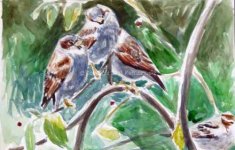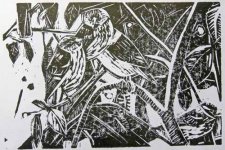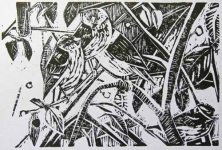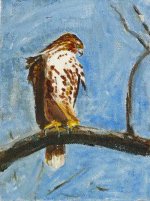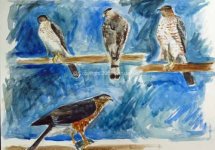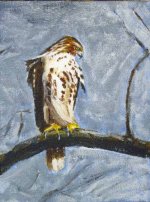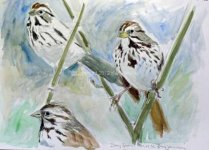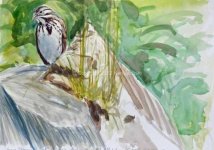JTMB
Well-known member
Nice job on the sparrow, Ken! And it definitely looks like a Lincoln's to me. We are fortunate to see them fairly regularly in the fall and winter out here. To me, their unique buffy/clayish cast, couple with a more delicate look than Song Sparrows gives them away quickly. They also seem to be more shy and stay down in the brush more so than many other species.




